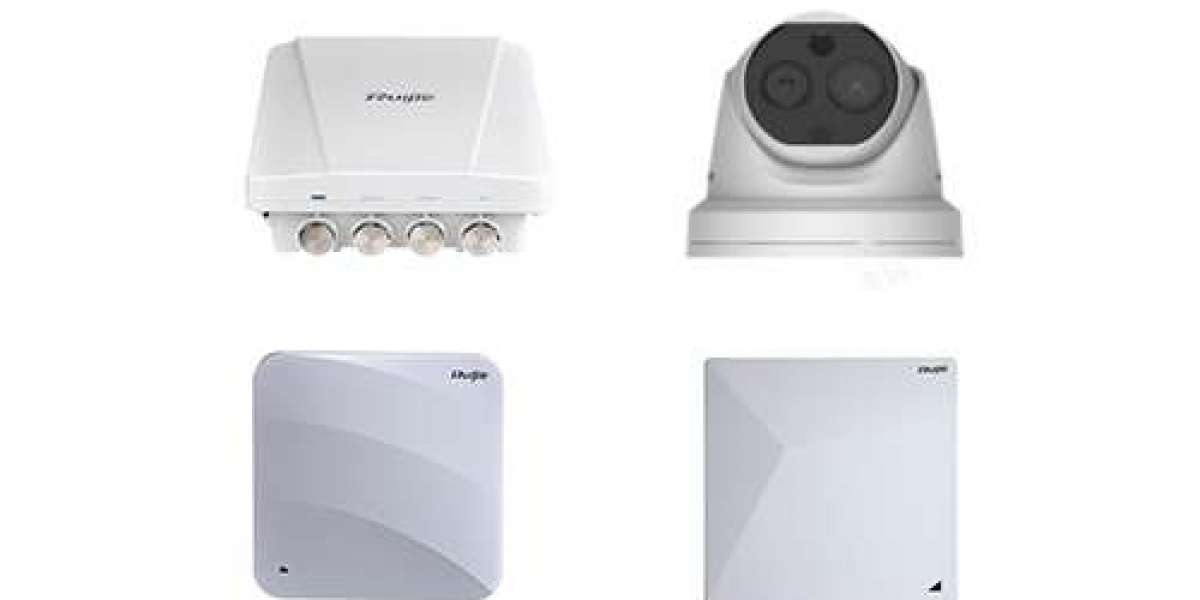With the continuous development and popularization of wireless network technology, the types and functions of wireless APs (access points) as the core devices in wireless networks are also increasing.
Understanding the characteristics and application scenarios of different types of wireless APs is crucial for selecting appropriate devices to support specific network requirements.
Outdoor scenes should use outdoor AP for wireless coverage. Outdoor APs have high dust and waterproof levels, high power, and a wide coverage range. There are ultra-long outdoor scenes where wireless bridges can replace cables to achieve backbone network transmission.
The outdoor environment is unique, and wireless bridge networking requires sufficient planning to reduce failures.
Channel planning for outdoor wireless networking, considering the noninterference of channels between bridges in the same direction or with overlapping signal coverage areas; The AP channels on the bridge and bridge transmission lines do not interfere with each other; The channels between adjacent APs do not interfere with each other.
The transmission power of a wireless AP determines the strength and distance of the transmitted wireless signal. The higher the transmission power, the stronger the signal strength, and the longer the transmission distance.
Although the higher the power of wireless APs, the better, there are regulations in the industry regarding the power of APs. The power of outdoor access points is greater than that of indoor APs. As for why is this so? Due to the high power of indoor equipment, the radiation also increases accordingly, posing a safety hazard.
In addition, the transmission power is only one factor that affects the wireless AP signal, and there are other influencing factors. While other factors remain unchanged, this viewpoint holds. When there are changes in other factors, such as frequency band, channel, signal interference, walls, etc., we cannot say that.








